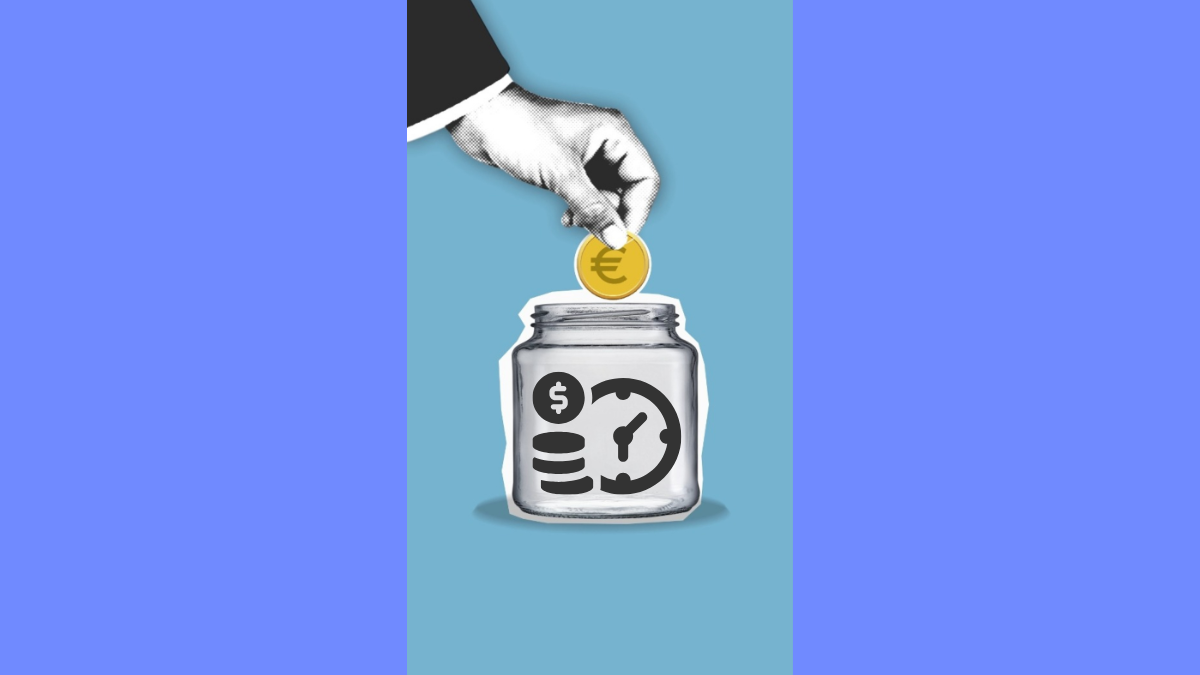Why Credit Card Choice Matters in 2025
Not all credit cards are created equal. The card you choose can significantly affect your credit score, rewards, and fees — especially in 2025, when credit card offers are more competitive than ever.

- Choosing the wrong card can mean missed rewards or high interest payments.
- The right card can help you build credit, earn cashback or points, and save on interest.
2025 trends to know: Many issuers are offering longer 0% APR periods and bigger signup bonuses. Fintech and digital-first cards are becoming more popular with no annual fees and real-time control via apps.
Types of Credit Cards Explained
With so many credit cards on the market, it’s important to understand how they differ — because choosing the right card depends on your credit profile, financial goals, and spending behavior. Each type of card offers a unique benefit and should be matched strategically.
-
Rewards Cards: These cards offer points, miles, or cashback for everyday spending. Some target specific categories like travel or groceries, while others offer flat-rate cashback.
Best if you pay in full monthly and want to maximize returns. -
No-Annual-Fee Cards: Great for beginners or anyone looking to keep costs low. Many still offer decent rewards and promotional APRs.
Best for minimalists or credit-builders. -
Secured Cards: Require a refundable security deposit and are designed to build credit. Ideal if you’re starting from scratch or rebuilding after a poor credit event.
Best for: credit newbies or anyone denied unsecured cards. -
Balance Transfer Cards: Offer 0% intro APR for a set period (usually 12–21 months) when you transfer an existing credit card balance. A smart move to avoid interest while paying off debt.
Best for reducing high-interest debt.
Best Credit Cards by Category (2025)
Whether you're optimizing for cashback, travel rewards, or debt payoff, here are the top-performing credit cards of 2025 — ranked by category and real user value.
1. Wells Fargo Active Cash® – Cashback
Rewards: 2% unlimited cashback
Annual Fee: $0
Intro Offer: $200 bonus
Highlights:
- Flat-rate rewards on all purchases
- Intro 0% APR for 15 months
- Excellent everyday card
2. Chase Sapphire Preferred® – Travel
Rewards: 2x on travel & dining
Annual Fee: $95
Intro Offer: 60,000 points
Highlights:
- 25% travel redemption boost via Chase
- Point transfers to major airlines/hotels
- Strong travel protections
3. Discover it® Cashback – Rotating Categories
Rewards: 5% in rotating categories
Annual Fee: $0
Intro Offer: Cashback Match (1st year)
Highlights:
- Quarterly bonus categories (e.g., groceries, gas)
- 1% base rate on other purchases
- No foreign transaction fees
4. U.S. Bank Visa® Platinum – Balance Transfer
Intro APR: 0% for 21 months
Annual Fee: $0
Rewards: None (focus on debt payoff)
Highlights:
- Longest intro APR on the market
- No penalty APR or annual fee
- Ideal for consolidating high-interest debt
5. Capital One Platinum Secured – Credit Building
Deposit: $49–$200 (refundable)
Annual Fee: $0
Reports To: All 3 credit bureaus
Highlights:
- Build or rebuild credit safely
- Credit line increase reviews
- No hidden fees or setup charges
6. Capital One VentureOne – No-Fee Travel
Rewards: 1.25x miles on all purchases
Annual Fee: $0
Intro Offer: 20,000 miles
Highlights:
- No blackout dates or airline restrictions
- Miles never expire
- No foreign transaction fees
Key Features to Compare
The best credit card isn’t always the one with the highest bonus or fanciest perks — it’s the one that fits how you spend and repay. Here’s how to break down the key features like a pro:
- APR: If you carry a balance even occasionally, look for the lowest variable APR. Balance transfer cards offer 0% intro rates, but make sure you understand the end-date and any fees.
- Rewards: Flat-rate (like 2% on all purchases) is simple and reliable. Tiered rewards give higher rates for groceries, gas, or travel — but require more attention.
- Bonus Offers: These range from $150 to $800 depending on spend requirement. Make sure it aligns with your regular budget, not inflated spending.
- Annual Fee: A card with a $95 fee might earn $400 in benefits — or not. Run the math yearly based on your real spending habits.
- Redemption Flexibility: Can you use points for cash, gift cards, travel, or transfer to airlines? More flexibility = more long-term value.
- Perks & Protections: Rental car insurance, cellphone protection, extended warranties, and travel insurance can add real value — especially if you already pay for these elsewhere.
Always read the fine print. The true value of a card comes from how well its rewards match your real life, not the marketing copy.
How to Pick the Right Card for You
With hundreds of credit cards available, finding the right one starts with knowing your financial habits, credit score, and goals. Here’s how to choose a card that fits — and avoid common traps.

- Know your credit score: Check it for free via your bank, Credit Karma, or Experian. Most top cards require 670+.
- Define your goal: Are you looking to earn rewards, pay off debt, build credit, or get perks like travel insurance?
- Match rewards to spending: If you spend heavily on groceries, gas, or travel — choose a card that rewards those categories.
- Watch for hidden costs: Does the card have a high APR or an annual fee that outweighs the value of rewards?
- Use pre-qualification tools: Many issuers let you check approval odds without affecting your score.
The best credit card is one you can use often, pay in full each month, and benefit from regularly — without temptation to overspend.
How Credit Cards Impact Your Credit Score
Credit cards can improve — or damage — your credit score depending on how you use them. Understanding the mechanics helps you grow credit strategically and avoid costly mistakes.
- Payment history (35%): Paying on time is the most important factor. Even one late payment can drop your score 50–100 points.
- Credit utilization (30%): Keep balances under 30% of your limit — ideally under 10% for best results. High balances, even if paid off later, can hurt your score temporarily.
- Length of credit history (15%): The longer you’ve had accounts open, the better. Keep old cards active, even if you use them just once every few months.
- New credit (10%): Applying for too many cards at once can ding your score short-term. Space out applications by 3–6 months.
- Credit mix (10%): Having both credit cards and installment loans (like a car or student loan) shows lenders you can manage different types of debt.
Used wisely, credit cards are one of the fastest tools to build credit — giving you access to better interest rates, loan approvals, and even job or rental opportunities.
Resources
Advertiser Disclosure
Continuously updated, easy to compare by category (cashback, travel, balance transfer, etc.)

Helps readers understand APRs, fees, billing cycles, and credit card protections — from a trusted government source.

Helps users find cards they’re more likely to qualify for based on their credit profile (without a hard inquiry).





